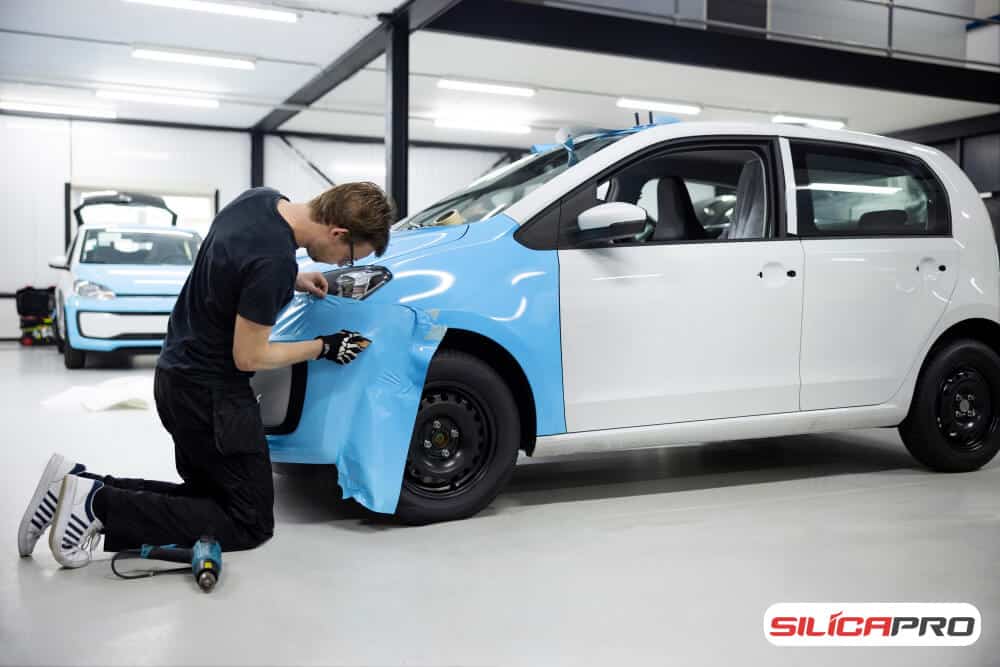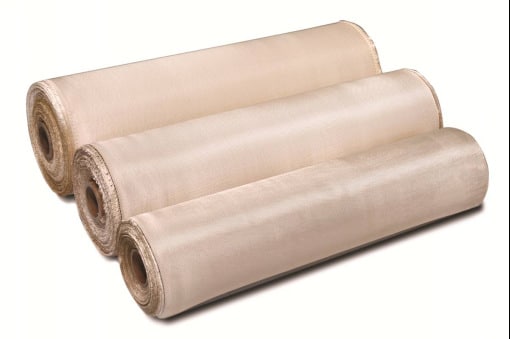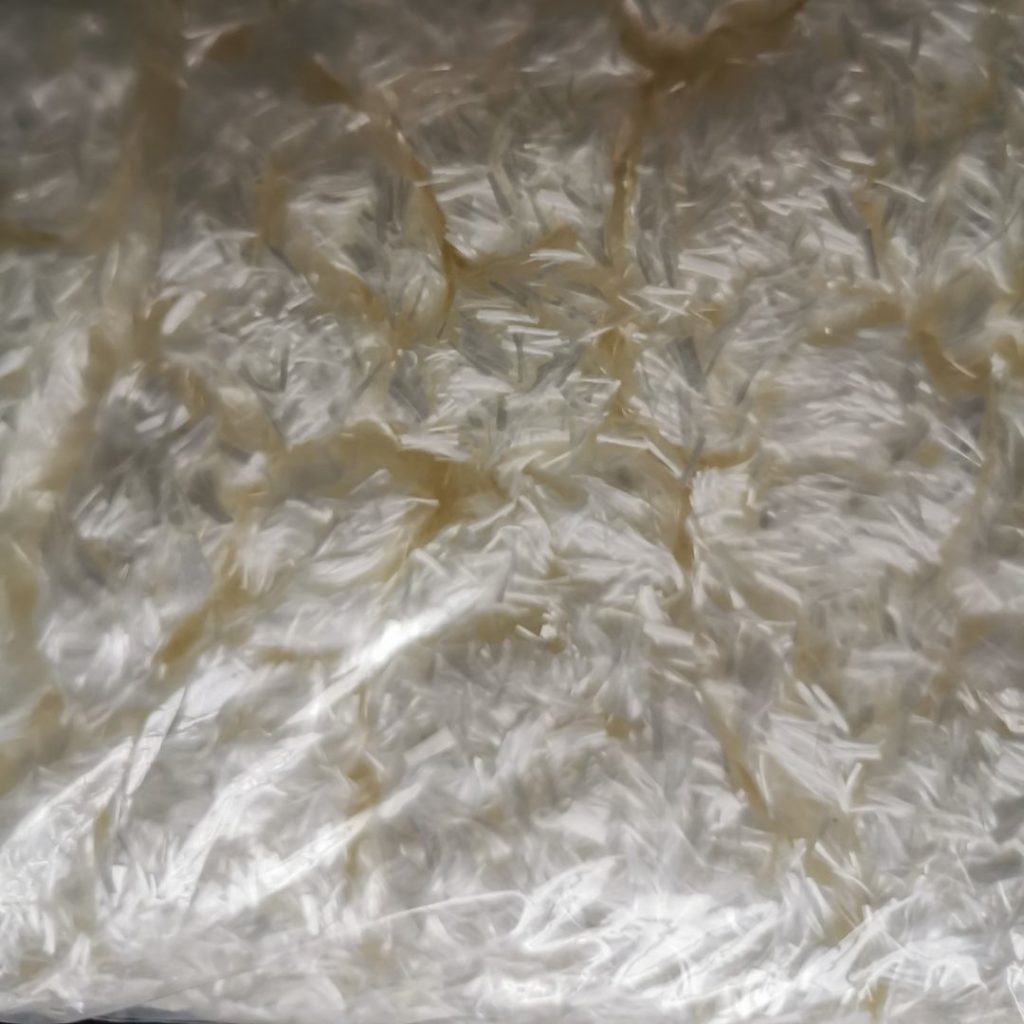
The use of fiberglass in the automotive industry has grown due to the material’s unique combination of strength, light weight, flexibility, corrosion resistance, and excellent heat insulation. Fiberglass is composed of glass fibers reinforced with resin, resulting in a composite that can withstand high-stress conditions while providing significant advantages in vehicle performance and efficiency.
Let’s delve into the various applications of fiberglass in the automotive industry, with examples illustrating how it enhances both the design and functionality of automotive components.
Contents
Use of Fiberglass in the Automotive Industry
Fiberglass is commonly utilized in the automotive sector for several key purposes, including reducing vehicle weight, improving fuel efficiency, and enhancing structural integrity. Additionally, fiberglass provides essential temperature and fire resistance, protecting vital components in high-heat environments. Below are some of the main applications of fiberglass in automotive manufacturing:
1. Vehicle Body
Fiberglass is widely used in producing vehicle bodies or exterior panels, often serving as a lighter alternative to traditional metal panels. By reducing the overall weight of the vehicle, fiberglass panels contribute to improved fuel efficiency and agility while maintaining the necessary durability.
2. Interior Panels
Many interior automotive components, such as dashboards, door panels, and trim, are manufactured using fiberglass. This material allows for a more flexible, lightweight, and corrosion-resistant design, making it ideal for interior applications that require durability and longevity.
3. Mufflers
Mufflers in vehicles are commonly constructed with fiberglass due to its heat resistance. Fiberglass insulation within mufflers helps manage the high temperatures generated by exhaust gases, protecting both the muffler and surrounding components from heat damage.
4. Heat Protection
Fiberglass serves as an excellent thermal insulator around vehicle engines, exhaust systems, and other heat-generating components. Its application in heat shields and protective layers helps regulate engine temperatures, safeguarding surrounding parts from excessive heat exposure.
5. Fire Protection
Heat-resistant fiberglass materials are crucial for fire protection in vehicles, especially in areas where safety standards are strict. Fireproof fiberglass can be used in interior panels, wiring, or other critical components that need to withstand high temperatures in the event of an accident.
6. Insulation Components
In vehicles, fiberglass is also used for both thermal and acoustic insulation. This reduces heat transfer from the engine to the cabin and minimizes road noise, improving overall cabin comfort and passenger experience.
Exploring Fiberglass Products in the Automotive Industry
Fiberglass in the automotive industry appears in various forms and product types. These products can be classified into specific applications, with each one tailored to meet the demands of automotive environments. Below are some examples of products made from or incorporating fiberglass for use in the automotive sector:
1. High Silica Fiberglass Cloth
High Silica Fiberglass Cloth is widely used in heat insulation for engine parts and components exposed to high temperatures. This cloth helps maintain engine temperature, preventing overheating and contributing to better fuel efficiency. Its high-temperature tolerance makes it ideal for automotive thermal management.

2. High Silica Chopped Yarn
High Silica Chopped Yarn is used to manufacture heat-resistant components by combining short fibers with resin to create lightweight, heat-resistant composites. Hence, these are particularly useful for exhaust systems, heat shields, and other areas requiring both durability and heat resistance.

3. High Temperature Sewing Thread
High Temperature Sewing Thread is specifically designed for stitching heat-resistant upholstery and insulation covers. This thread can endure high temperatures, making it suitable for sewing covers or heat shields around cables and other vehicle components exposed to heat.
4. Fireproof Cloth
Fireproof Cloth is crucial for automotive fire safety, often used in seat covers, interior paneling, and other areas requiring fire protection. The cloth ensures that these components meet strict fire safety standards, providing an extra layer of protection in the event of an accident.
5. Silicone Cloth
Silicone Cloth is ideal for applications that demand heat and water resistance. It’s commonly used in protective cable coverings, shielding electronic components, and other parts vulnerable to chemical exposure or high temperatures.
6. Nano-Microporous Insulation Board
Nano-Microporous Insulation Boards offer advanced thermal insulation, making them useful for controlling heat transfer from the engine to the cabin. By improving thermal insulation, they contribute to enhanced temperature management within the vehicle, increasing overall efficiency and passenger comfort.
7. Finished Products
Many automotive components are classified as finished products incorporating various types of fiberglass. These include interior panels, heat shields, fire protection barriers, and other components that leverage fiberglass’s unique properties to deliver superior performance and safety in automotive applications.
Conclusion
Fiberglass has become an essential material in the automotive industry. Serving as a lightweight, durable, and heat-resistant alternative to traditional materials. Its wide range of applications—from body panels and mufflers to thermal and fire insulation—demonstrates its versatility in enhancing vehicle efficiency, safety, and comfort. As the demand for energy-efficient and robust automotive solutions continues to grow, fiberglass products will play an increasingly vital role in meeting these evolving needs.
